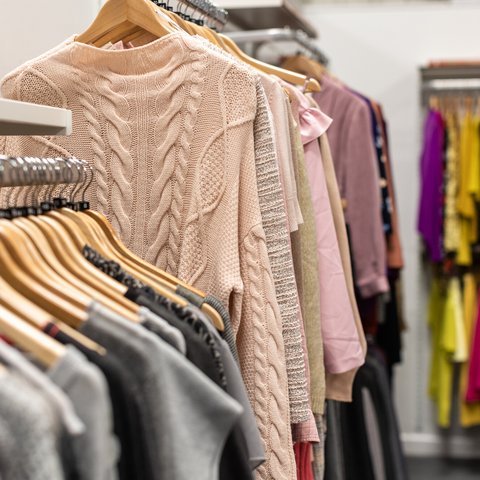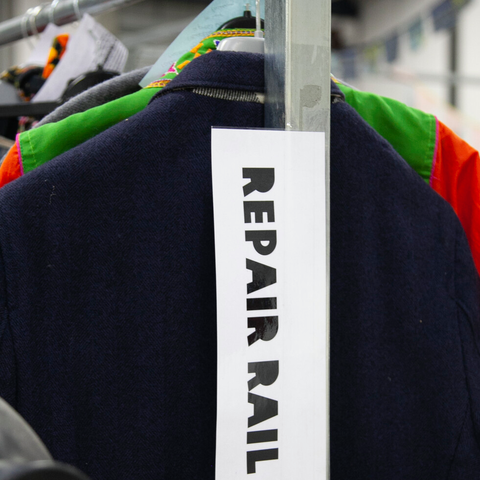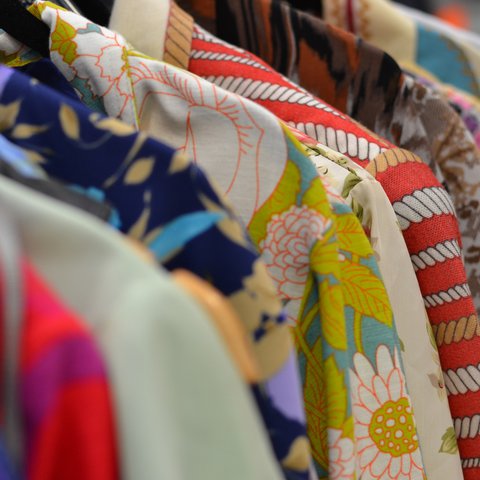There are many ways you can make a difference in the slow fashion movement.
As a consumer, participating is more than choosing to shop with ethical brands. Mindful consumption helps you to only buy what you really need. By avoiding the temptation of trends and choosing high-quality garments, you will have a wardrobe of clothing that will last a long time.
Capsule Wardrobe
Have you ever felt like you have nothing to wear when you in fact have a wardrobe overflowing with clothes?
Maybe it’s time to stop shopping for trends, and start shopping for a capsule wardrobe. Having a capsule wardrobe means you have a small number of timeless, well-fitting clothes that can easily mix and match to create many different outfits.
Here are some slow fashion tips...
Second-hand over new
By choosing to shop second-hand, you are helping to reduce the demand for production of new clothes. This in turn reduces harm to our planet, which is key to participating in slow fashion. Many fashion lovers will agree that vintage clothing can be some of the best quality you can find at an affordable price.
“I’m actually against wearing fashion for fashion’s sake. I think it’s much more interesting to put together looks from vintage," said British Costume Designer Sandy Powell at the Fashion Fighting Poverty 2023 show.
Donate what you don’t wear
You can adopt a circular approach to fashion by donating your old clothes and accessories to Oxfam. This gives your unworn garments a longer life while raising money for Oxfam’s work fighting poverty. You can donate to your local Oxfam shop or via post for free.
Quality over quantity
In the age of fast fashion, finding high quality clothing can be a challenge. Knowing how to spot cheaply made garments is key to finding clothes that will last. For example, you should avoid anything made from mostly synthetic fabrics and check for good stitching work.
Take care of what you have
Knowing how to extend the life of your clothing will reduce textile waste and the need for production. From learning simple sewing skills to reducing how often you wash, you can extend the life of all of your clothes. Check out our best hacks for making your clothes last longer.
Bonus slow fashion tips
- Reuse clothes you already own instead of buying new
- Do clothes swaps or regifting clothes
- Shop with brands that have a genuine sustainability policy
- Take part in Oxfam’s Second Hand September!



